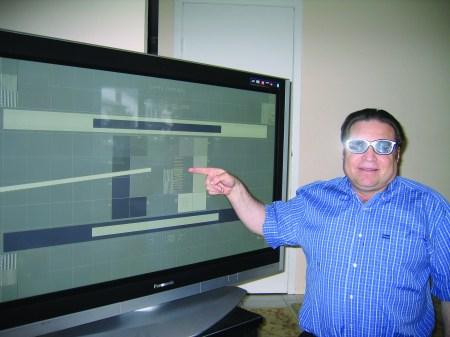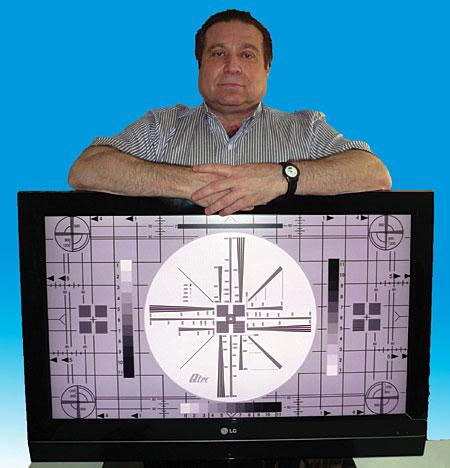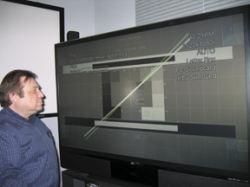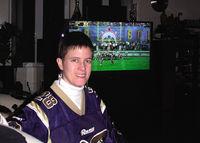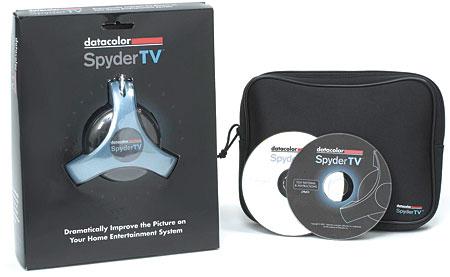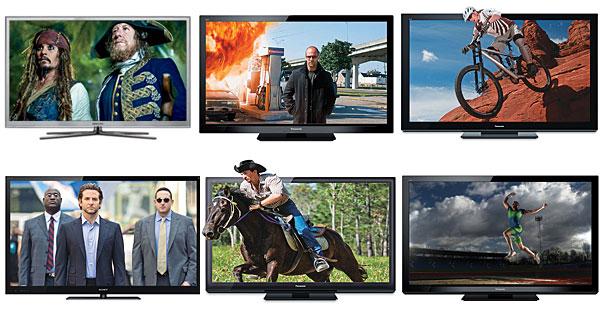HDTV Setup
Sort By: Post DateTitle Publish Date
|
Oct 11, 2006
|
Nov 15, 2007
|
Mar 26, 2008
|
May 03, 2006
|
Jul 14, 2003 |
First Published: Jul 15, 2003
|
Sep 04, 2001 |
First Published: Sep 05, 2001
|
Sep 30, 2001 |
First Published: Oct 01, 2001
|
May 21, 2007 |
First Published: Apr 21, 2007
|
Dec 08, 2011
